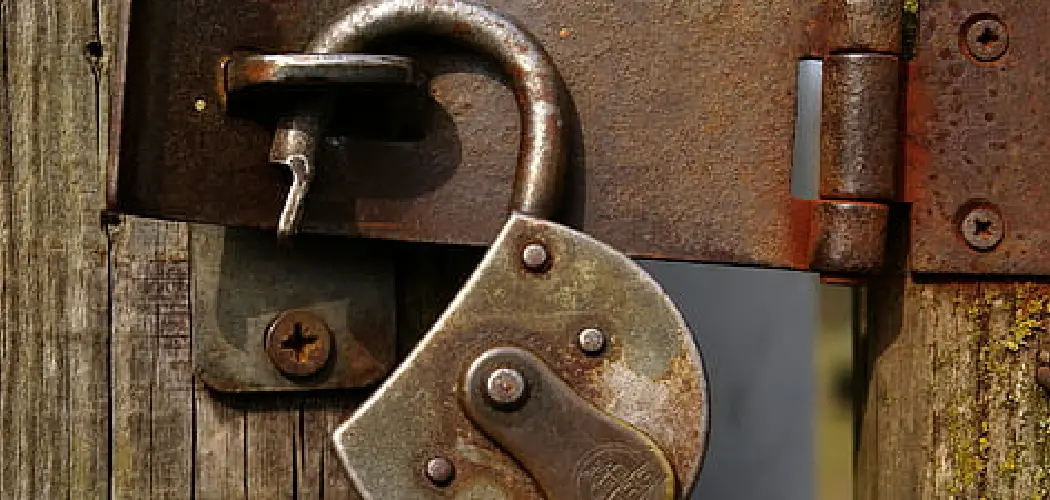Sometimes, you may find yourself facing the frustrating problem of a locked desk drawer without the key. Whether it’s due to a misplaced key or an accidentally locked drawer, there are a variety of methods you can try to regain access.
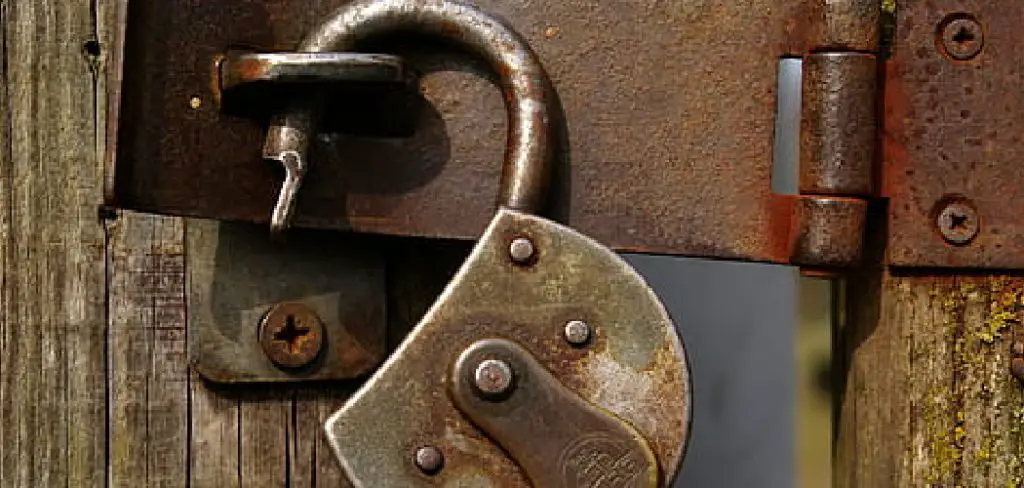
This guide will walk you through some practical steps and tips for how to open a locked desk drawer safely and efficiently.
Importance of Safely Unlocking the Drawer
It is crucial to approach the task of unlocking a drawer with caution to avoid causing unnecessary damage to the desk or its contents. Using force or improper tools can lead to scratches, broken locking mechanisms, or even injury.
Additionally, hasty attempts to open the drawer might compromise its structural integrity or render it unusable in the future. Taking a safe and measured approach ensures that the drawer remains functional and the items inside are not damaged. This careful consideration also helps maintain the longevity of your desk and prevents the need for costly repairs or replacements.
Tools and Materials Needed
Before attempting to open a locked desk drawer, it’s important to gather the right tools and materials to ensure the process is safe and effective. Some commonly used items include:
- Paperclip or Hairpin: These can be used as makeshift lock-picking tools to manipulate simple locks.
- Flathead Screwdriver: Useful for prying or gently turning the lock mechanism.
- Lubricant (e.g., WD-40): Helps loosen stiff or jammed locks to make them easier to open.
- Key Extractor Tool: If a broken key is stuck inside the lock, this tool can help remove it.
- Rubber Mallet: Useful for gently tapping or nudging stuck components without causing damage.
- Flashlight: Provides better visibility inside the lock, especially for identifying obstructions or the lock’s inner components.
Having these tools ready before you start will make the process more efficient and reduce the likelihood of damage. Always choose the tool most appropriate for the specific issue you are facing.
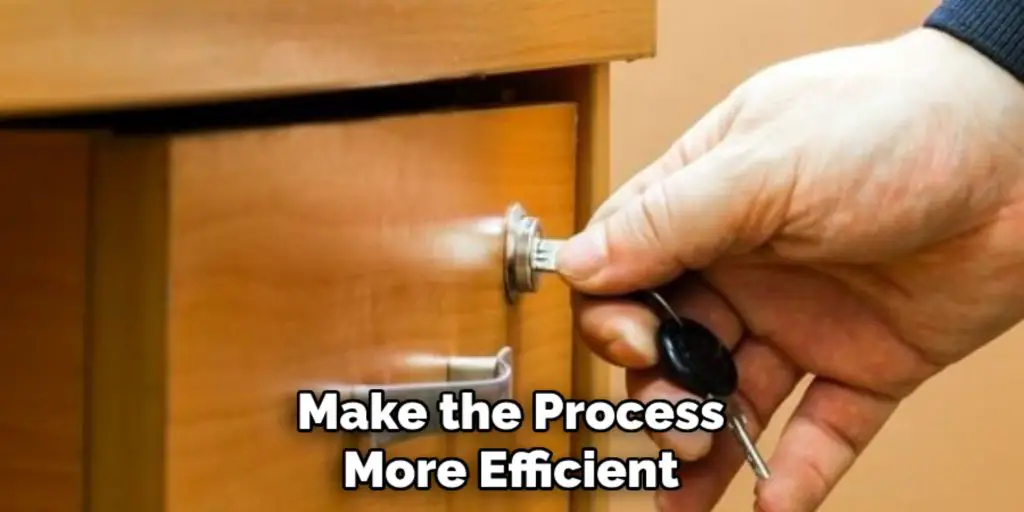
10 Methods How to Open a Locked Desk Drawer
1. Search for the Key
Before attempting alternative methods, thoroughly search for the missing key. Keys are often misplaced rather than lost, so check common storage locations such as drawers, key hooks, desk organizers, or even the lock itself.
Ask colleagues, family members, or anyone who may have borrowed the key. If the drawer is part of a new or recently acquired desk, inspect the user manual or packaging, as spare keys are often included.
2. Try Duplicate Keys or Universal Keys
If the original key is unavailable, look for duplicate keys. Many desk locks are standard designs, and universal keys might work.
These keys are sold online or at hardware stores and are designed to unlock specific types of furniture locks. Check the lock’s brand or model for compatibility. This method is non-destructive and ideal if you’re dealing with a commonly used lock.
3. Use a Paperclip or Hairpin
Paperclips or hairpins can act as improvised lock-picking tools. Straighten one end of the paperclip or hairpin to create a basic lockpick, and leave a slight bend at the tip.
Insert the tool into the lock and gently manipulate it while applying pressure with a tension wrench or a second paperclip. This method requires patience and a steady hand but is effective for simple locks. Be cautious to avoid damaging the lock mechanism.
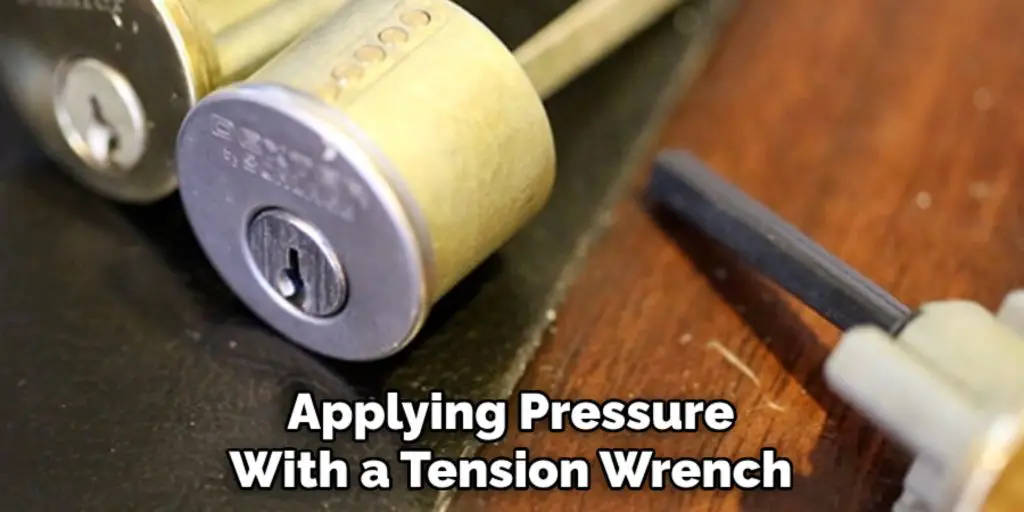
4. Employ a Slim Jim Tool
A Slim Jim tool, commonly used to unlock car doors, can sometimes be repurposed for desk locks. Slide the Slim Jim between the drawer and the desk frame, aiming to manipulate the locking mechanism directly. Move the tool carefully to avoid scratching the furniture. This approach works best for older desks with basic locking systems.
5. Use a Screwdriver
A flathead screwdriver can be used to pry open a locked desk drawer. Insert the tip of the screwdriver between the drawer and the frame, applying gentle pressure to create leverage.
Slowly twist the screwdriver to force the lock open. While this method is effective, it may cause cosmetic or structural damage to the desk. Use it only as a last resort if preserving the lock is not a priority.
6. Drill Out the Lock
Drilling out the lock is a permanent solution for opening a locked drawer. Use an electric drill with a small drill bit, carefully targeting the lock cylinder. Start with low speed and gradually increase pressure until the lock breaks apart.
Wear safety goggles to protect yourself from metal shards. This method should only be used if replacing the lock is feasible and no other non-destructive options are available.
7. Tap the Lock with a Hammer
If the lock is jammed rather than intentionally locked, gently tapping it with a hammer may loosen the internal components. Place a cloth over the lock to prevent scratches, then use a small hammer to apply light, consistent taps.
This method is unlikely to work on high-security locks but can be surprisingly effective for older or simpler mechanisms.
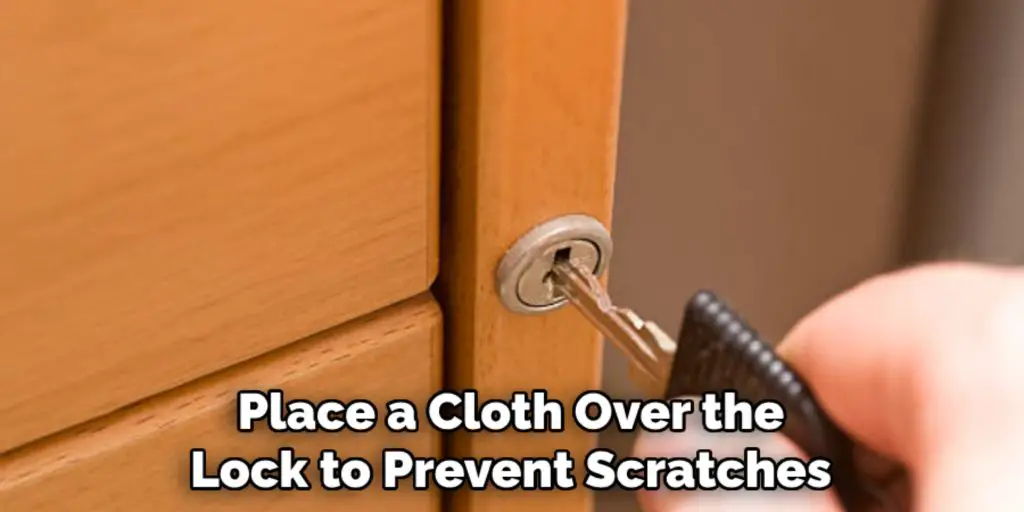
8. Contact a Locksmith
When in doubt, a professional locksmith is your best resource for unlocking a desk drawer without causing damage. Locksmiths have the tools and expertise to handle various lock types, including complex or high-security systems. While this method may incur a cost, it ensures a quick and efficient solution without risking damage to the furniture.
9. Check for a Secondary Locking Mechanism
Some desk drawers feature secondary locking mechanisms, such as a bar or latch that secures multiple drawers simultaneously. Inspect the desk’s design to locate any such mechanisms.
If the secondary lock is accessible, releasing it may unlock the drawer without interfering with the primary lock. This method is non-invasive and preserves the lock’s integrity.
10. Use a Lock-Picking Set
For those with experience or interest in lock-picking, a professional lock-picking set can be an effective tool. These sets include tension wrenches, picks, and other specialized tools designed to manipulate lock pins.
Follow standard lock-picking techniques, applying light pressure to the lock’s plug while using the pick to adjust the pins. This method requires skill and practice but is highly effective for non-damaged locks.
Things to Consider When Attempting to Open a Locked Desk Drawer
- Risk of Damage: Before choosing a method, assess the potential for damage to the lock, desk, or drawer. Non-destructive methods are always preferable, especially if you plan to reuse the lock or preserve the furniture’s appearance.
- Legal Implications: Ensure you have the legal right to open the locked drawer. Unauthorized access to someone else’s property can result in legal consequences.
- Tools Required: Some methods require specific tools, such as lock-picking sets or drills. Make sure you have the necessary tools on hand, or know where to obtain them, before starting the process.
- Level of Expertise: Certain methods, such as lock-picking or using a Slim Jim tool, demand skill and practice. Attempting these techniques without adequate knowledge may be ineffective or cause additional damage.
- Cost Considerations: Consider the cost of purchasing replacement locks, tools, or hiring a locksmith. Weigh these costs against the importance and urgency of accessing the locked drawer.
- Time Sensitivity: Some methods, like searching for keys or contacting a locksmith, may take more time. Evaluate how quickly you need access to the drawer when selecting your approach.
- Type of Lock: Understand the type of lock mechanism you are dealing with. High-security or modern locks may require specialized tools or professional assistance, whereas simpler locks may be easier to manipulate.
Common Mistakes to Avoid
- Using Excessive Force: Applying too much force when prying or tapping on the lock can damage the desk, drawer, or locking mechanism itself. Always start with gentle pressure and escalate cautiously if necessary.
- Neglecting to Check For Spare Keys: Before attempting any method, ensure you’ve thoroughly searched for spare keys or alternative access points. Avoid jumping to destructive measures too quickly.
- Using Improper Tools: Attempting to unlock a desk drawer with tools that are not designed for the task can be counterproductive and may cause unnecessary damage. Ensure you use the appropriate tools for the method you’ve chosen.
- Overlooking the Lock Type: Failing to identify the lock type may lead to ineffective methods or wasted effort. Always inspect the lock mechanism to determine the most suitable unlocking technique.
- Ignoring Safety Procedures: Not wearing protective gear, such as safety goggles when drilling or using force near the lock, increases the risk of personal injury. Always prioritize safety during the unlocking process.
- Not Considering Legal Risks: Attempting to access a desk drawer without proper authorization can lead to serious legal consequences. Verify your right to open the drawer before proceeding with any method.
- Rushing the Process: Many unlocking techniques require patience and precision. Rushing can result in errors, damaged tools, or a broken lock, making the situation harder to resolve.
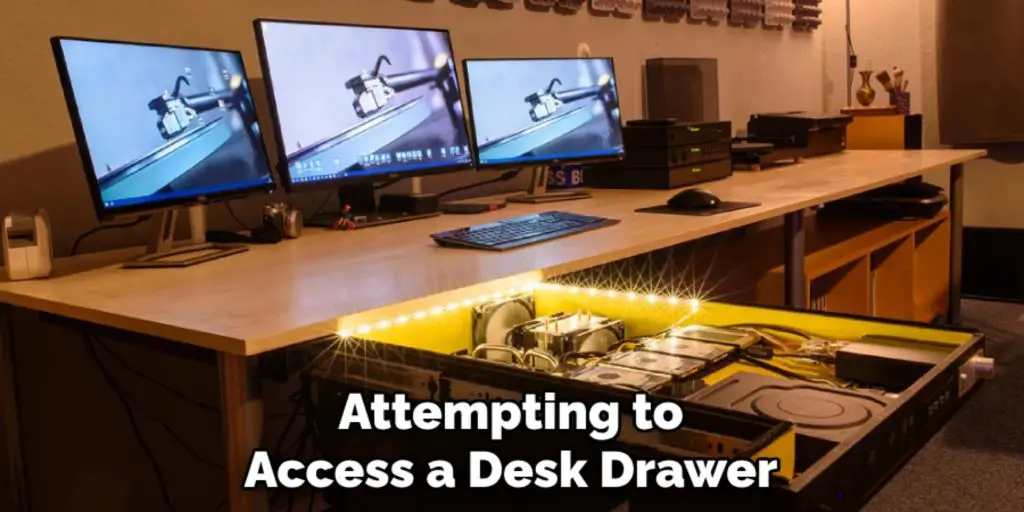
Conclusion
Unlocking a desk drawer can be a challenging task, especially without access to the key. However, by understanding the type of lock and evaluating your available tools and expertise, it is possible to select the most appropriate method to resolve the situation.
Remember to prioritize non-destructive techniques whenever possible to preserve the integrity of the lock and furniture. Thanks for reading our blog post on how to open a locked desk drawer! We hope you found it helpful and informative.

